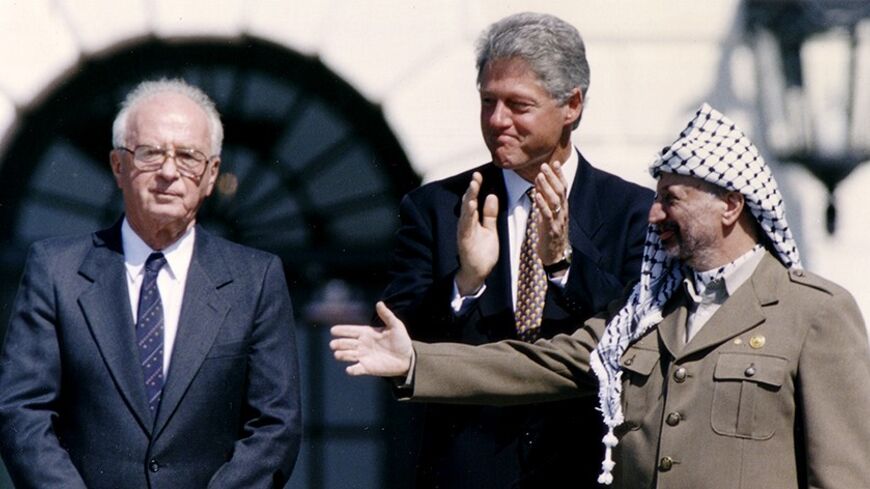When the Palestine Liberation Organization (PLO) agreed to recognize Israel and sign a memorandum of understanding in 1993, the organization was experiencing an all-time low. The PLO had been routed from Beirut, and later from Tripoli. An internal struggle within the Fatah movement had erupted under the name Fatah al-Intifada, and the Berlin Wall had fallen, leaving Palestinians without their major international ally.
The agreement reached as a result of secret talks in the Norwegian capital, Oslo, allowed for the return of tens of thousands of Palestinian fighters, leaders and their families, but it failed to produce peace, independence or even a suspension of Jewish settlements. The West Bank was divided into areas A, B and C. In justifying their acceptance of this inadequate deal, Palestinians expected that the five-year interim agreement would soon translate into an independent state.



